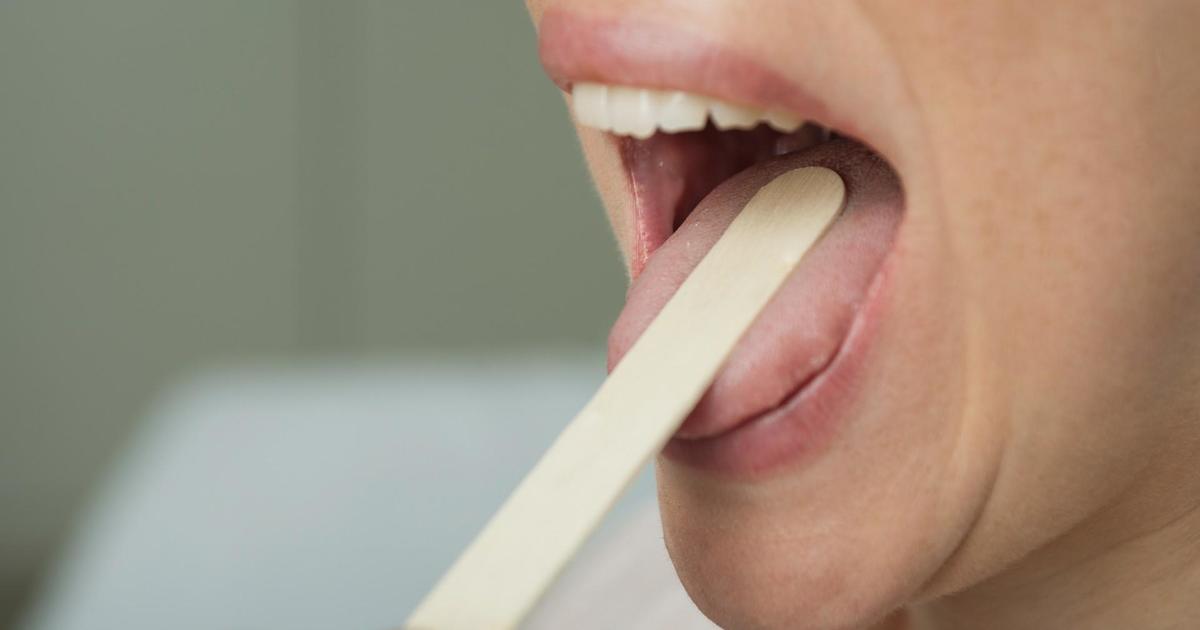Hidden Dangers: Do You Know What's In Your Home?
MIAMI (CBS4) - For every product or food item in your house how many chemicals are listed on the label?
The number of chemicals in your home is astonishing and do you really know what they are and what they are possibly doing to you and your kids.
A CBS4 investigation by Cynthia Demos identifies three main chemicals you may want to look out for and how you can easily get rid of them.
The Albert family in Pinecrest says when it comes to everyday things like keeping cleaning, using a plastic cup or just getting dinner ready they admittedly don't really know what's surrounding them in their own home, when it comes to chemicals that is.
"I guess we're probably assuming they're safe," Dave Albert said.
However, two Canadian environmentalists and authors of the book "Slow Death By Rubber Duck", Rick Smith and Bruce Lourie, claim they are not safe.
The authors say chemicals all around us are hormone disruptors that can lead to breast or prostate cancer, affect childhood obesity, autism and infertility.
"Science tells you one thing and observation is another," Teresa Albert said,
So we got the okay to raid the Albert's home.
One of the primary chemicals in question pointed out in the book is Triclosan. It's meant to fight off bacteria but it can end up inhibiting medicine you take.
Smith and Lourie tested products on themselves as human guinea pigs and said in just a few days their level of those chemicals rose dramatically.
"U.S. doctors have an increasing number of medical professionals who have really ringed the alarm bell on Triclosan and saying 'hey this chemical is causing the creation of superbugs, these antibiotic resistant bacterias, they're making us sicker'," Smith said.
Actually, by law, Triclosan has to be listed on the label and we quickly found it on the Albert's toothpaste.
The next chemical the authors say to watch out for is Phathalates. The environmentalists say that could affect brain development. They say if you find a bottle that has a "fragrance" or "perfume" listed, it most likely has Phthalates.
In the Albert's home we quickly found the word "fragrance" listed on their soap.
When we spoke with media representatives for Colgate and Softsoap they said they are well within federal guidelines.
Phthalates can also be in kids plastic toys. Phthalates were banned in toys in 2008, but there are plenty of hand me downs that can affect kids especially when they put it in their mouths.
Liz Snyder with The American Chemistry Council sent a statement to CBS4 saying, "Phthalates have established a very strong safety profile during the 50 years in which they have been in general use and there is no reliable evidence that any Phthalate has ever caused a health problem for a human. As the CDC explains exposure does not equal harm."
The third chemical we're on the hunt for was Bisphenol A. BPA is a chemical known to lead perhaps to anxiety or ADHD. I
n 2012 the FDA supported a ban on baby bottles and sippy cups with BPA. So how do you know if it's still in there? The number 7 would be printed on the bottom of the item.
In the Albert's home, there was a number 7 on the first sippy cup will pulled out of the cupboard.
The U.S. government says BPA would only affect a human if it was in a high concentration but Smith and Lourie disagree.
"There really is no such thing as a safe level," Lourie said.
Most cans contain BPA for freshness. Lourie and Smith say the chemical gets into the food.
"Unfortunately, BPA is still present in the lining of tin cans in the cupboards of America so when you're making food at night it's good to look for cans without BPA or to use fresh or frozen food," Smith said.
They also stress the use of glass containers.
"If I try to make tomato sauce or soup I try to get my canned tomatoes," said Teresa as she pulled out a can of Cento Tomatoes.
When CBS4 spoke with Cento the Vice President of marketing, Maurice Christino said, "At Cento fine foods, we constantly strive to produce premium quality products while being at the forefront of BPA reduction in our packaging. We also offer alternatives such as products packed in glass."
The Albert family says they will consider the author's advice and continue to analyze their products at home.
"I think you need to open your eyes and educate yourself in this," said Dave Albert.
His wife agreed.
"I'm shocked," said Teresa Albert.
Many publications by the FDA state the current use of BPA and Triclosan are within acceptable federal levels.
Critics of the Canadians who wrote the book say they are just alarmists. Still, 60,000 copies of the book have been sold and a second book is in the works.
Injury and illness doctor with Community Health of South Florida, Inc. Dr. Charles Ross argues you can make experiments do anything.
"If you take something to the extreme, you can prove anything if you set the experiment up to do that," Dr. Ross said.
Dr. Ross said there is no cause for alarm.
"If you go with the FDA the average amount the person consumes everyday in harmless," Dr. Ross said.



